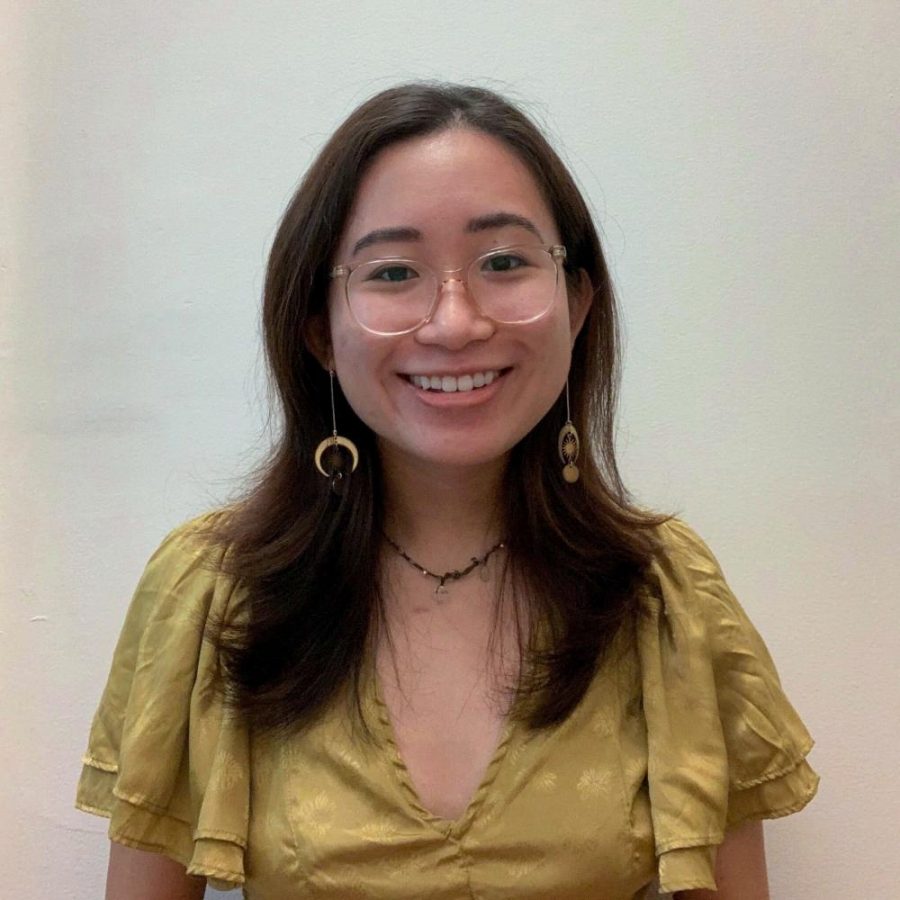Opinion: Stop exploiting Asians in your arguments against affirmative action
Arguments against affirmative action often center around Asian Americans as a way to criticize the policy as being harmful toward a minority group. However, opponents to this system have never had the interests of Asian Americans in mind.
April 7, 2021
NYU recently released admissions data for the Class of 2025, including the notable drop in acceptance rate, from 15% to 12.8%. As admissions decisions continue to roll in across the nation, the discourse around affirmative action has been reignited. Disappointed students rejected from their top choice universities are inclined to blame their rejection on affirmative action. This belief is not completely removed from reality, yet conservative challengers often use Asian American students as a political wedge against affirmative action. This exploitation legitimizes racist arguments and misinformation about this system.
In Thomas Espenshade and Alexandria Radford’s influential book No Longer Separate, Not Yet Equal, the Princeton sociologists examined the weight of an applicant’s race and ethnicity in the admissions process. They found that, with all other things being equal, Asian applicants face a penalty of 140 SAT points compared to white applicants. In addition, Asian students had to score 450 points higher on the SAT to have the same chance of being admitted as a Black applicant. Although Espenshade himself has stated their study lacks empirical evidence to prove discrimination against Asians, his research nonetheless bolsters the conservative argument that affirmative action is a misplaced progressive policy that benefits Black and Latinx students at the expense of white and Asian students.
This phenomenon has stirred many legal challenges. Conservative legal strategist Edward Blum, an opponent to affirmative action, sued Harvard for limiting the number of Asian American students they admit. The Trump administration filed a brief in support of Blum in this lawsuit, stating that “the evidence also showed that Harvard’s process has repeatedly penalized one particular racial group: Asian Americans.” Blum attempted to dismantle affirmative action by challenging race-conscious college admissions programs in the 2016 case Fisher v. University of Texas. Abigail Fisher, the litigant in this case, was white. After failing to eliminate affirmative action, Blum strategized that he “needed Asian plaintiffs.”
These white affirmative action opponents don’t have the interests of Asians in mind. Rather, Asian students are being weaponized against marginalized college hopefuls. Blum intentionally invokes the model minority myth by portraying all Asians as highly successful individuals unfairly hurt by affirmative action. This advances the false narrative that Asian American students are a monolith, and completely ignores Asians who do not fit the model minority stereotype. Only about half of Asian Americans hold a bachelor’s degree or higher.
There are also large discrepancies between various subgroups in the Asian American community. For example, only 27% of Vietnamese Americans and only 17% of Hmong and Cambodian Americans hold a bachelor’s degree or higher. Furthermore, Southeast Asian Americans benefit from affirmative action policies. While Blum claims he is protecting the interests of Asian Americans, his lawsuit ignores the fact that an overwhelming majority — 70% — of Asian Americans agree with affirmative action. It’s no surprise, then, that more than 135 Asian American organizations banded together to support affirmative action after Blum filed his case.
The data does not support the misleading conservative narrative that Black and Latinx students receive a big bonus and Asian and white students receive a large penalty in the application process. In fact, this ideology capitalizes upon the rifts already created between minority groups by the white-manufactured model minority myth. A 2016 study found that eliminating affirmative action would not increase the number of Asian Americans in elite colleges. When you completely eliminate Black and Latinx applicants from the Harvard admissions pool, the admissions rate for all remaining Asian American and white students only increases by 1%. This means that rejected Asian American and white applicants were unlikely to be admitted even with the omission of race. While there is evidence of discrimination against Asian Americans, it is wrong to dismantle a system that was designed to provide opportunities to historically excluded groups.
While affirmative action has flaws, this is not a zero-sum game. It is still a crucial tool to create equal access to opportunities and a diverse student body. The real concern for opponents of affirmative action was never about Asian Americans. It was about ending policies believed to hurt white people.
Opinions expressed on the editorial pages are not necessarily those of WSN, and our publication of opinions is not an endorsement of them.
Email Emily Dai at [email protected].
























































































































































